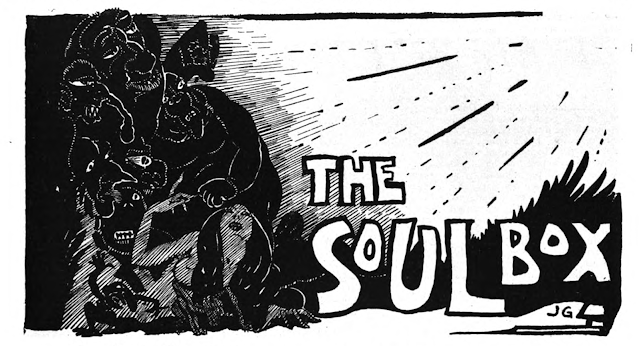"The Honest Man" by Jan Gordon 1916

"The Honest Man" is a clever very short story in a 1916 issue of Reedy's Mirror (from the New Witness). It begins with a lengthy sentence to set the scene: " In Montenegro, those high bare mountains between Rica and Grahavo - in the midst of which Cettinje nestles nestles in its fertile cup so ill-supplied are the farms with soil that from one acre a man might carry away on his back all the arable land available in one single journey. " Cetinje, founded in 1482, is indeed situated in an area of limestone mountains on a karst plain at about 650 m elevation. Late 19th C view of Cetinje Gordon continues with, " Hunger and the Montenegrin are sons of the same soil to which liberty has a near cousinship ." Hence the need to seek work in other lands. A protagonist in the story travels across the region, enriching himself by a robbery, eventually marrying and settling in Russian Galicia. The couple prospered, but died without any offspring, leaving an " ...





